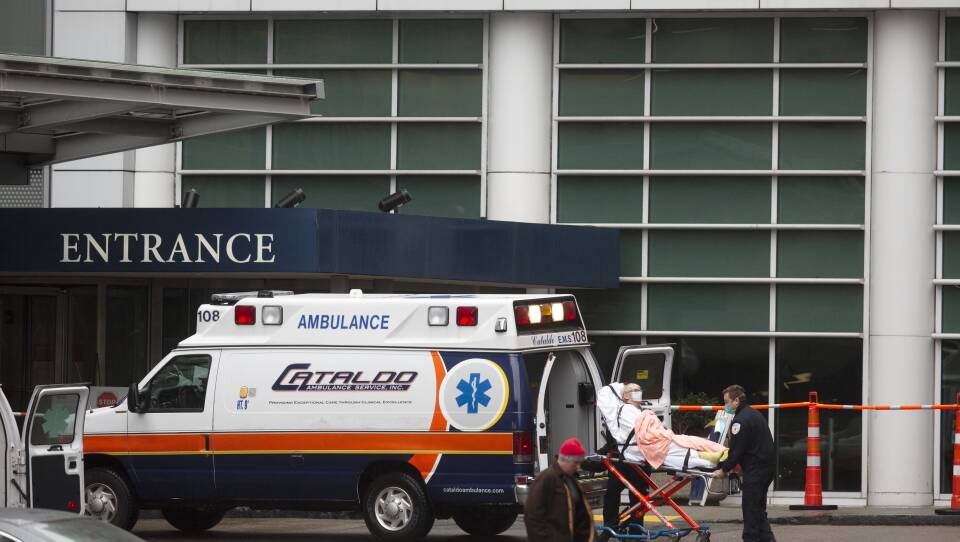With inflation causing the cost of living to rise in ways unseen in a generation, state policymakers are still trying to figure out how to keep the expanding cost of healthcare in Massachusetts under control.
In their sixth annual meeting to mull over the cost of medicine, the state's top healthcare cost regulators appeared alongside lawmakers Wednesday to begin the process of setting a new benchmark for how much medical spending will be allowed to rise in 2023. The Health Policy Commission is the state watchdog agency charged with monitoring health costs in Massachusetts, setting a benchmark for costs and weighing in when providers don't meet the mark.
Members of the commission, alongside the House and Senate Health Care Cost Committee, heard from Dr. Aditi Sen, the director of research and policy at the Health Care Cost Institute. Sen said spending increases in the health sector are a national problem driven mostly by increasing cost of care.
Sen told the panels the impact of high costs go beyond the pocketbook and become real barriers to the care many Americans need when premiums and co-pays go up.
"There's very close connections between higher cost-sharing amounts, higher prices and the ability of people to get the care that they need, the drugs that they need," Sen said.
"High prices translate into higher premiums, less generous insurance and lower wages. So there are sort of these ripple effects across different industries from higher health care prices," Sen went on.
Health Policy Commission executive director David Seltz said policymakers' goal is not to stifle the medical industry, but to bend the growth curve to be more in line with the economy as it grows.
"So that our Massachusetts families and businesses do not see this crowding out effect of more and more of their paychecks or their revenue going to health care at the expense of all other priorities," Seltz said.
The Baker administration expects overall medical spending — a broad bucket that includes insurance premiums and cost of care — to grow to 3.6% in fiscal year 2023, which begins in July. The panel has maintained a cost target of 3.1% since 2018. If regulators and lawmakers decide to raise the cost benchmark, it would show that the 3.1% goal was unattainable.
The commission's cost benchmark is tied to the state's economic performance, the goal being not to let medical costs outpace overall state spending, tax revenues and wage growth. There are few significant consequences, however, for missing the cost benchmark. In 2018 and 2019, medical spending blew past the target by as much as 1.2 percentage points.
While spending data is not yet available for 2020 or 2021, the COVID pandemic threw the health care system into a tailspin and experts believe there will have been extraordinary spending when the state makes its calculations.








